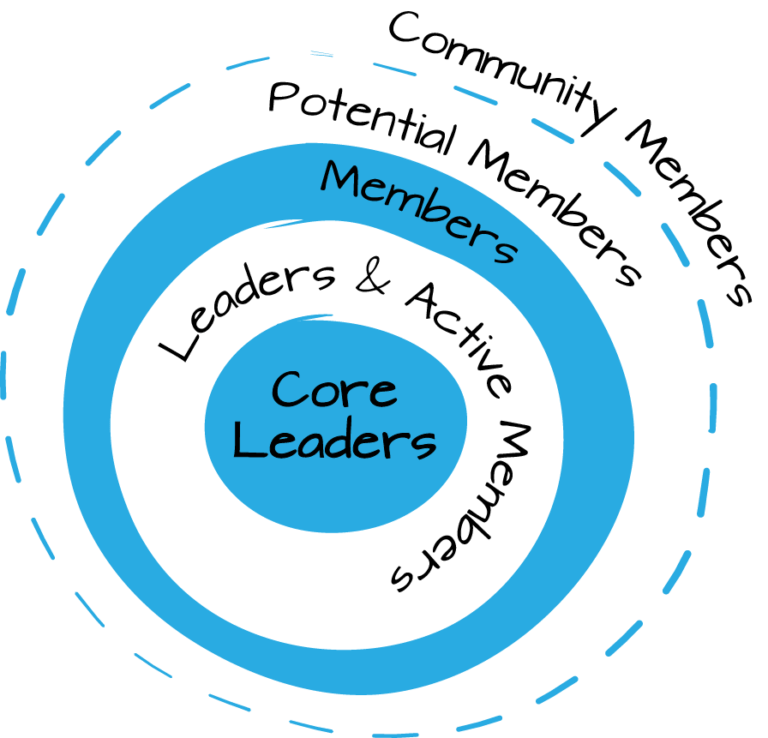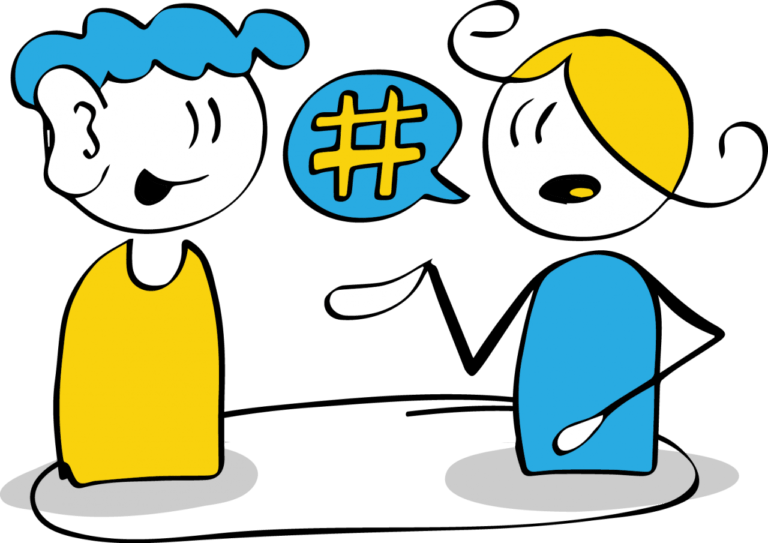Base Building
After the mapping the community – including door knocking/snowball approach – the organiser ends up with a list of contacts of the people whom they want to involve into building a base.
Your base will be basically everyone:
- whom you approach and talk to
- whom you define as a potentional leader – according to their competences (including their time capacity)
- and who will come to your meeting
In time – after the first meeting – you will slowly see a structure of your community leaders. You will be building a CORE:

Core Leaders are aligned with the organisation’s values, vision and mission. They are a strong part of the organisation – ready to take action. They have the capacity – time, skills, knowledge, attitude, values & motivation – to act as an organiser and a bridge between the organisation and the community (organisations target group).
Leaders & Active Members of the organisation are actively involved in campaigns and actions of the organisation. They are go-to members for events and specific actions. Typically they can connect on an issue level.
Members usually attend the meetings/actions. They have a limited role in planning, because they are in a development stage – they are gaining their capacity and aligning w/ organisation. (typical example are organisation’s volunteers)
Potential Members are people interested in organisation and its activities. They share their contact w/ the organiser and express their interest to learn more.
Community Members may know about the organisation, but have not been reached through one-on-one outreach. They are affected by the issues.
(based on the description from Rusia Mohiuddin, Universal Partnership)
One-on-Ones
In order to build a core of leaders, there is a need to understand leaders personal “cores” – their motivation, passion, psychological criteria and sometimes even trauma.

When it comes to community organizing, there is no substitute for direct person-to-person interaction. Personal interaction and shared experience establish the strongest bonds, and provide the most compelling incentive for engagement. This is why one-on-ones are a bedrock technique for bringing new people into chapters and teams, for developing leaders, and for maintaining relationships with active members.
One-on-One Meetings (1:1s) are intentional, pre-scheduled meetings with a member, potential member or community member to build a public relationship and to exchange information that ultimately reveals their “core” and possibly connects them to the organisation. A successful 1:1 meeting ends with a commitment to take action that includes a specific date, time, and goal.
Preparing for a one-on-one meeting
1. Identify people
who might be interested in your organization. Think about your community networks. They could be neighbors, classmates, colleagues, community members, or family members. You can also go to community events to talk about your issue with folks and invite anyone who is interested to have a one-on-one with you.
2. Do some preparation
• What do you already know about the person you’re meeting with?
• What questions do you want to ask them?
• What do you want to share about your experience?
• What commitment do you want to get, and how do you want to make your request?
3. Set a time and location
for the meeting, and be intentional about the setting.
• Are you going to be able to talk about some potentially personal things? If so, is the environment suited for that?
• Is the person going to have to spend money at that location?
• If there’s food involved, check-in with the person to see if they have any dietary restrictions or preferences to keep in mind.
4. Follow up with the person
two days ahead of time and on the day of the one-on-one confirm that they’re planning to meet with you.
summarized by Juraj Víg
